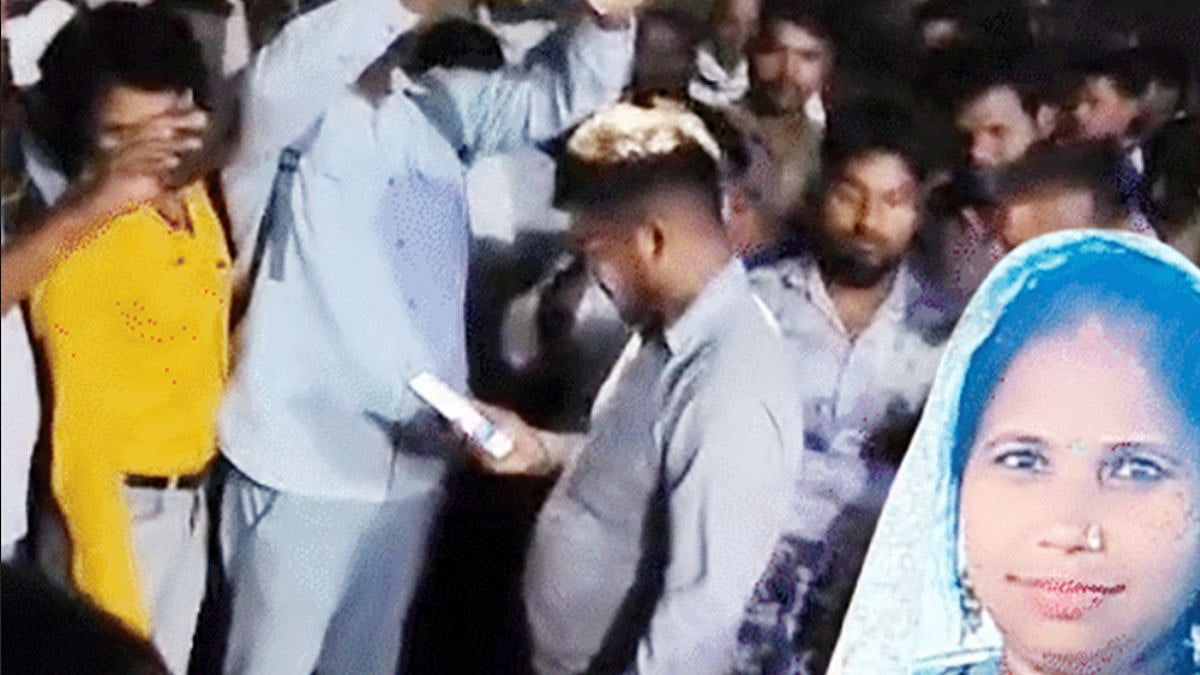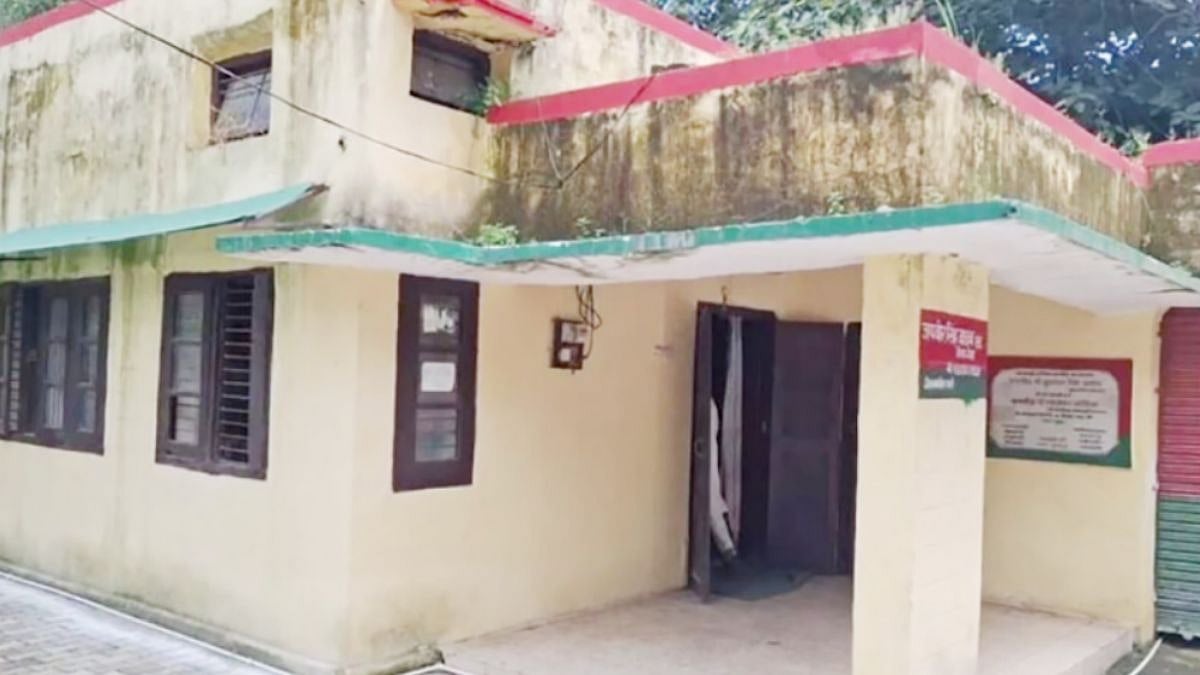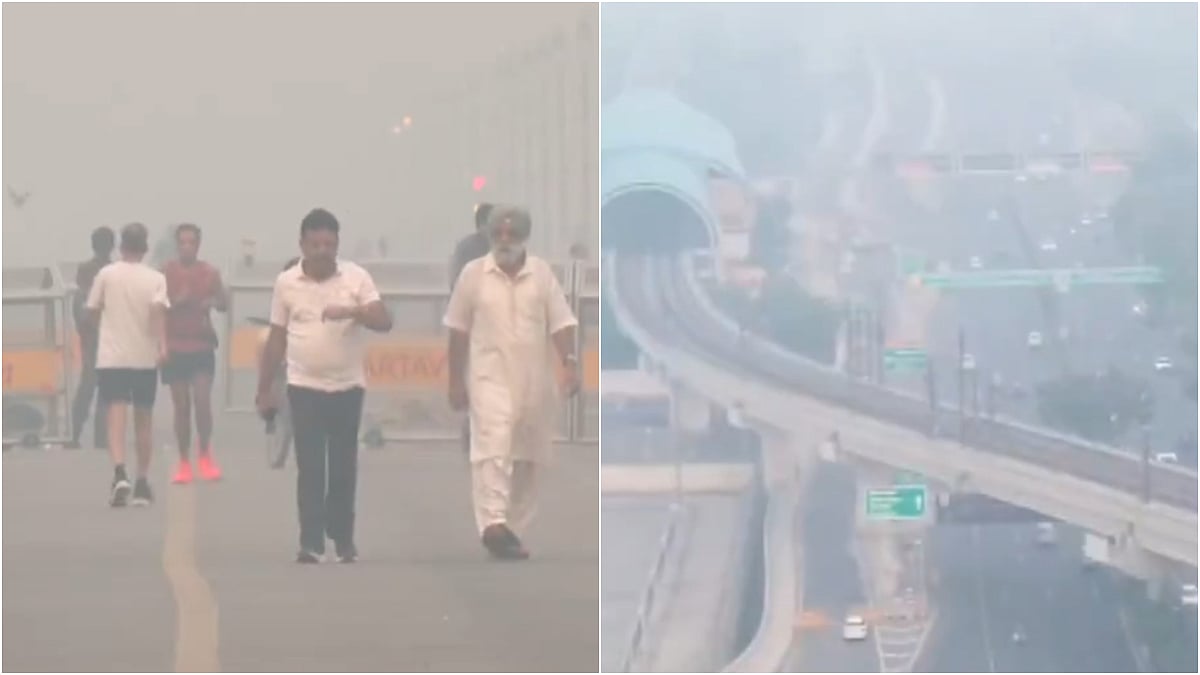India’s post-Independence political history is marked with major political mobilisations that originally started as student or youth movements. Whether it is the BJP, the Congress, the Socialists or the Communists, they all have a shared history of either riding their respective political movements on student agitations when they were in opposition, or had faced the heat of such protests when they were in power. Many of the current top leaders of the BJP, Congress, Left parties and various splinter groups of the Janata Dal and many regional parties have had their roots in student-youth movements before making it big on the political stage. Today, many of these leaders are on opposite sides of political power in dealing with the ongoing students’ agitation against the Citizenship Amendment Act (CAA).
The largely peaceful and widespread protests against the CAA are predominantly led by students with large participation from other social groups, particularly women. Initially, these protests were restricted to a few cities and campuses like the Jamia Milia, AMU and JNU, but soon spread to more cities and campuses across India. These student protests have been seen as a sign of seething anger against the government’s divisive politics, discriminatory policies and failure to create jobs and manage massive economic slowdown. Some senior opposition leaders are of the view that the current student protests echo the student agitations that took place before the Emergency – the Navnirman movement in Gujarat in 1973-74 and the Bihar movement of 1974 in which the ABVP and other right-wing protestors were in the forefront of the broad-based uprising. Prime Minister Narendra Modi is reported to have participated as an ABVP activist in the Navnirman movement.
The JP movement against the Indira Gandhi government and later against her Emergency got the breakthroughs with the student movements in Gujarat and Bihar. What started as a voice of protest over campus grievances became a political movement against Mrs Gandhi’s government once it got a leader in Jayaprakash Narayan, or JP, who called for ‘sampoorna kranti’, or total revolution. The ABVP was the hard-core of JP’s student revolutionaries and the Bharatiya Jana Sangh — reborn in 1980 as the BJP — the centre of his political coalition. When Mrs Gandhi returned to power in 1980 by humbling the Janata Party, her storm-troopers were the Youth Congress and NSUI leaders. Students and youth were also the source of firepower for opposition leaders led by V P Singh in stirring the anti-Bofors agitation against the Rajiv Gandhi government. Young Indians also played an important role in the subsequent pro and anti-Mandal movements.
The six-year-long Assam agitation was led by students who later emerged as Asom Gana Parishad (AGP) leaders. The AGP was formed after the historic Assam Accord of 1985. It was again students and youth who fanned the anti-corruption movement of Anna Hazare against the UPA government, which the BJP-led opposition tapped effectively; it culminated in the Modi-led BJP coming to power in 2014 with support from a large section of youth. The youth-driven anti-corruption movement also led to the formation of Aam Aadmi Party. Now the same students and youth have locked horns with the government over the CAA, NRC and NPR and political leaders across ideological divide are closely watching the protests.
The potency of the protests and strikes were quite effective in building an anti-government narrative before the Emergency in the early 1970s. Months of rioting at a stretch and large scale disturbances led to the declaration of Emergency in June 1975. No protests in the last five years, except in Kashmir, have come anywhere close to the scale of disturbances that Mrs Gandhi confronted before Emergency. However, no one was ever slapped with charges of sedition, nor was anyone labelled anti-national then. The current protests, in comparison, are largely peaceful and much smaller in scale. But today anyone with a view contrary to the State command is readily labelled an anti-national and anti-Hindu. What’s difficult to understand is: how does raising voice in a democratic set up against the government or the State, by the very people who have elected it, become an anti-national act?
In the days during the 1970s, 80s and prior to 2014, there were disagreeing views and agitations in campuses. The disagreements were discussed and debated passionately without intimidation, physical attacks and violence. Today, the fear of physical attacks and violence in campuses is not uncommon and the presence of professional security has become a necessity around campuses and college hostels. Since 2014, the BJP-led government has been at loggerheads with students from premier institutions like the FTII, IIT (Madras), Hyderabad Central University, JNU, Jadavpur University, Jamia, Delhi University, AMU and so on. These institutions have been at the receiving end of state violence and fund cuts.
The brutal violence in Jamia and AMU last month and the kind of lethal and brutal attack that took place in JNU on January 5 never occurred anywhere on the campuses even during the pre-Emergency days. Those were the days when the State did not oppose student activism, which exceeded, in intensity, anything that we see on campuses today. That activism was called Yuvashakti by JP. It was the force that the Sangh parivar harnessed to challenge the Congress and its grip on power. It is the same force that’s now challenging the Sangh/BJP and its grip on power.
The current protests by students and civil society against CAA are secular in nature, given the participation of people from different religions, reading the Constitution’s preamble, singing the national anthem and carrying the national flag and posters of Gandhi and Ambedkar. The overwhelming support the protests have received all over the country from students, women and the middle class also proves that people are against exclusion of Muslims from the ambit of CAA and polarisation of Indian society on religious lines. Historically, student activism and agitations have played a key role in political mobilisation against the colonial rule during the pre-Independence days and in post-Independent India. Calling those who protest against the government and its policies anti-national or pro-Pakistan is patently wrong and unjustified.
Legitimate dissent is the bedrock of democracy. Protests and agitations, whether by students and/or civil society, do not weaken democracy; supressing dissent does. Dialogue resolves differences and even the most contentious issues. The government has so far not shown any willingness to reach out to the protestors. The CAA-NRC-NRP is just one, but major, manifestation of their anger; there are other reasons for their angst. It is difficult to say how long the agitation will continue. But the government and the BJP are clearly on the back foot, while the opposition parties are still figuring out how to harness the protests to their advantage.
The writer is an independent Mumbai-based senior journalist.










